Vaonis Vespera smart telescope: see galaxies and nebulae from anywhere with this travel telescope
The Vaonis Vespera is an impressive robotic telescope with a futuristic design that works brilliantly in combating light pollution, but can’t observe planets

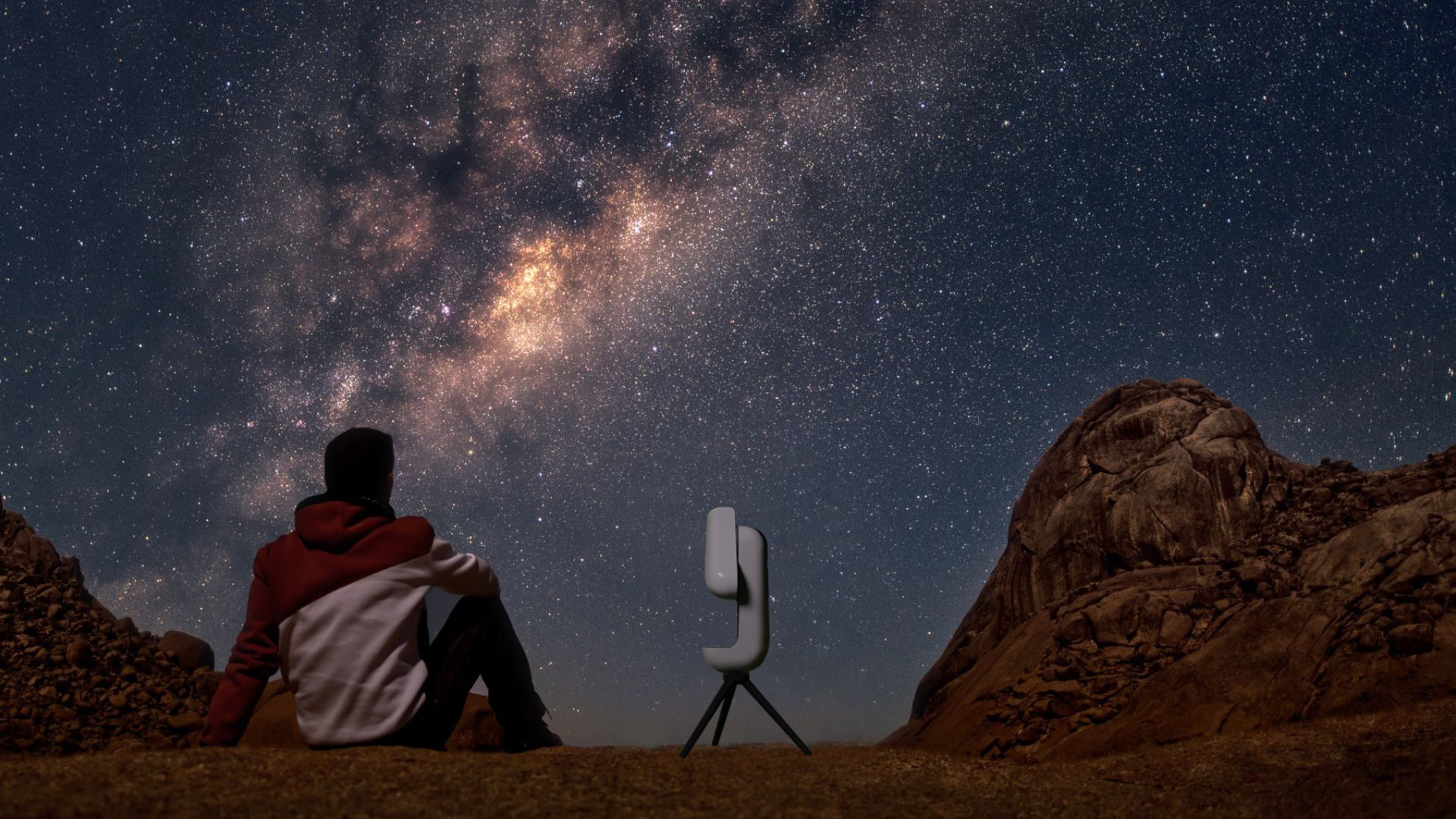
Being able to see nebula from a light-polluted balcony in a city makes the image-stacking technology inside the Vespera a thing of wonder. It can take casual stargazers and amateur astronomer both more easily and much deeper into places in the night sky no regular beginner’s telescope can, but its can’t observe the Moon or planets.
-
+
Effortlessly simple setup
-
+
Sleek design
-
+
Colourful images
-
+
Effective light pollution filter
-
+
Exceptionally travel-friendly
-
-
Very expensive
-
-
Short battery life
-
-
Proprietary charging cable
-
-
Expensive accessories
Why you can trust T3

The Vaonis Vespera is a ‘Go-To’ smart telescope with more than enough bells and whistles to make it one of the best telescopes. Automatically slewing to one of a list of that night's recommended targets – or anything you care to enter manually – it uses its built-in Sony camera sensor to image distant, faint galaxies, nebulae and star clusters and then makes them easily shareable within an app. Best of all it works wonderfully even in a light-polluted city. Producing unreal results that will initially wow, it nevertheless has a few limitations to be aware of before you dive into the world of ‘smart’ astronomy … or should that be astrophotography?
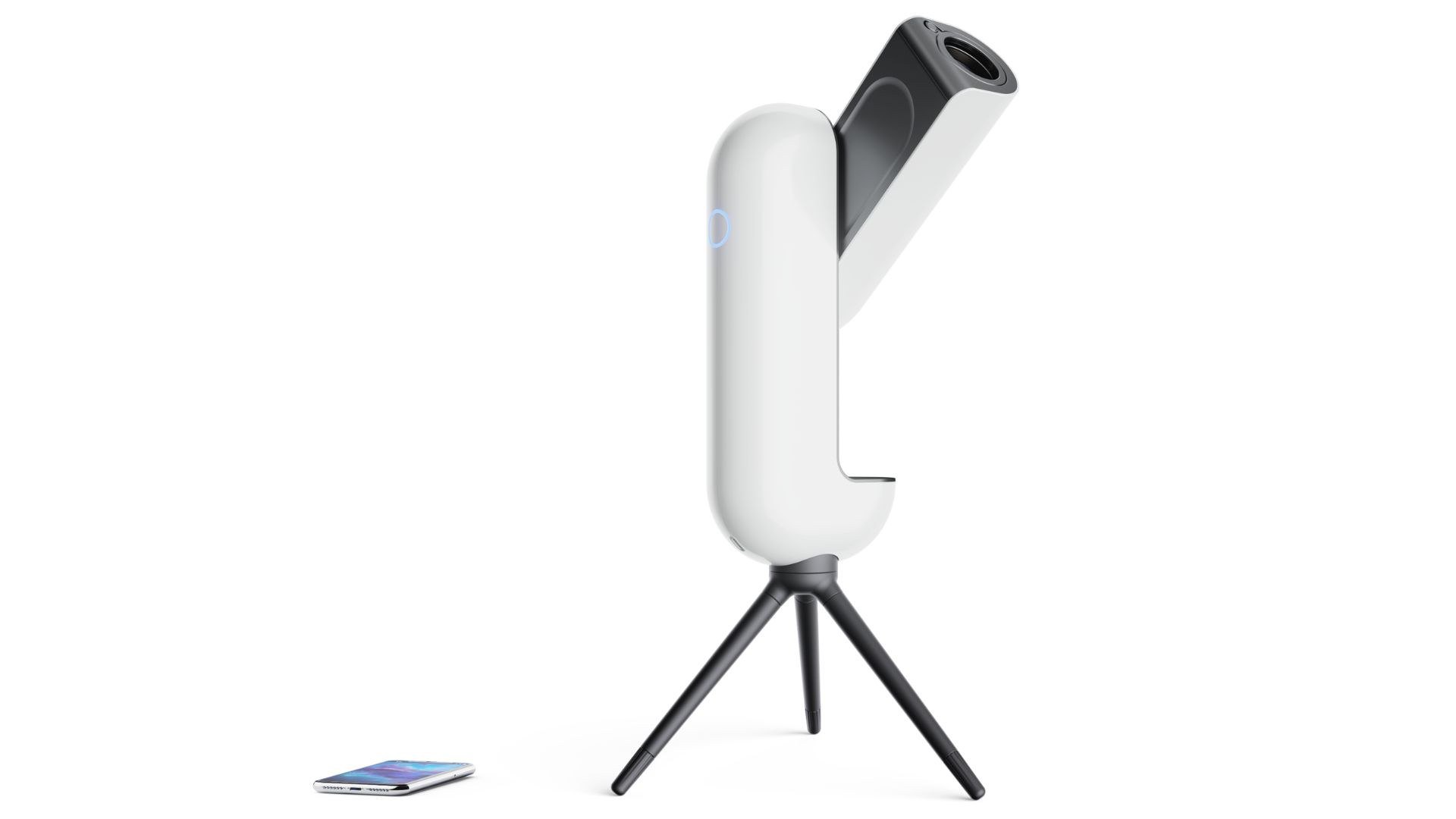
Vaonis Vespera smart telescope review: price and release date
The Vespera is the second smart telescope from the France-based Vanois after 2018’s Stellina. Vespera has been in development a long time, originally announced in early 2021, with its launch delayed many times. Just before launch in September 2022 its price rose by €1,000 to €2,499 / UK£2,100 / US$2,499/AU$3,647, apparently due to supply issues. That has prevented it from significantly undercutting the competition and opening-up the smart telescope market to more people.
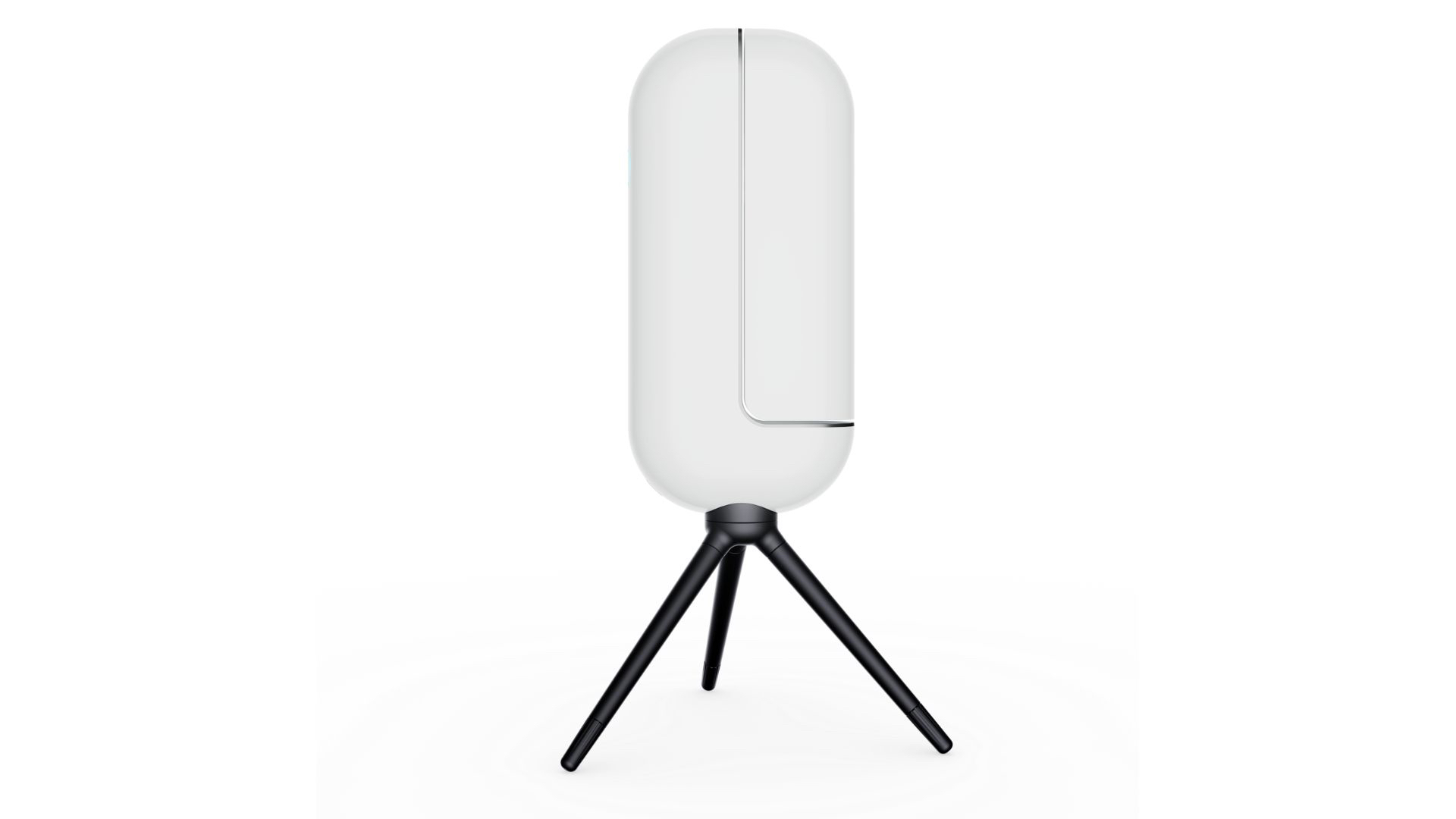
Vaonis Vespera smart telescope review: how does it work?
Is the Vespera a telescope or a camera? It's both. A simple 2 inches/50 mm aperture refractor telescope (which gives 33x magnification and a 1.6º x 0.9º field of view) with a 1/2.8" Sony IMX462 image sensor and a 1.6GHz processor, the Vespera has no eyepiece. It instead uses an advanced astrophotography technique called image stacking. By taking multiple exposures of faint objects in the deep sky – such as nebulae, galaxies and star clusters – it's possible to produce a composite image that has better quality and less image noise. It does this automatically while it's observing, building up a gradually improving image. Its Singularity app even allows watching of a short time lapse video showing what the object looked like after one image and what it looks like now. Some objects are best observed for over an hour, typically very faint nebulae, while other slightly brighter objects such as globular clusters can be observed for just a few minutes. Either way, it's then possible to export and share images both as JPEGs and, more advanced users wanting to do their own post-processing, as raw quality TIFF and FITS files.
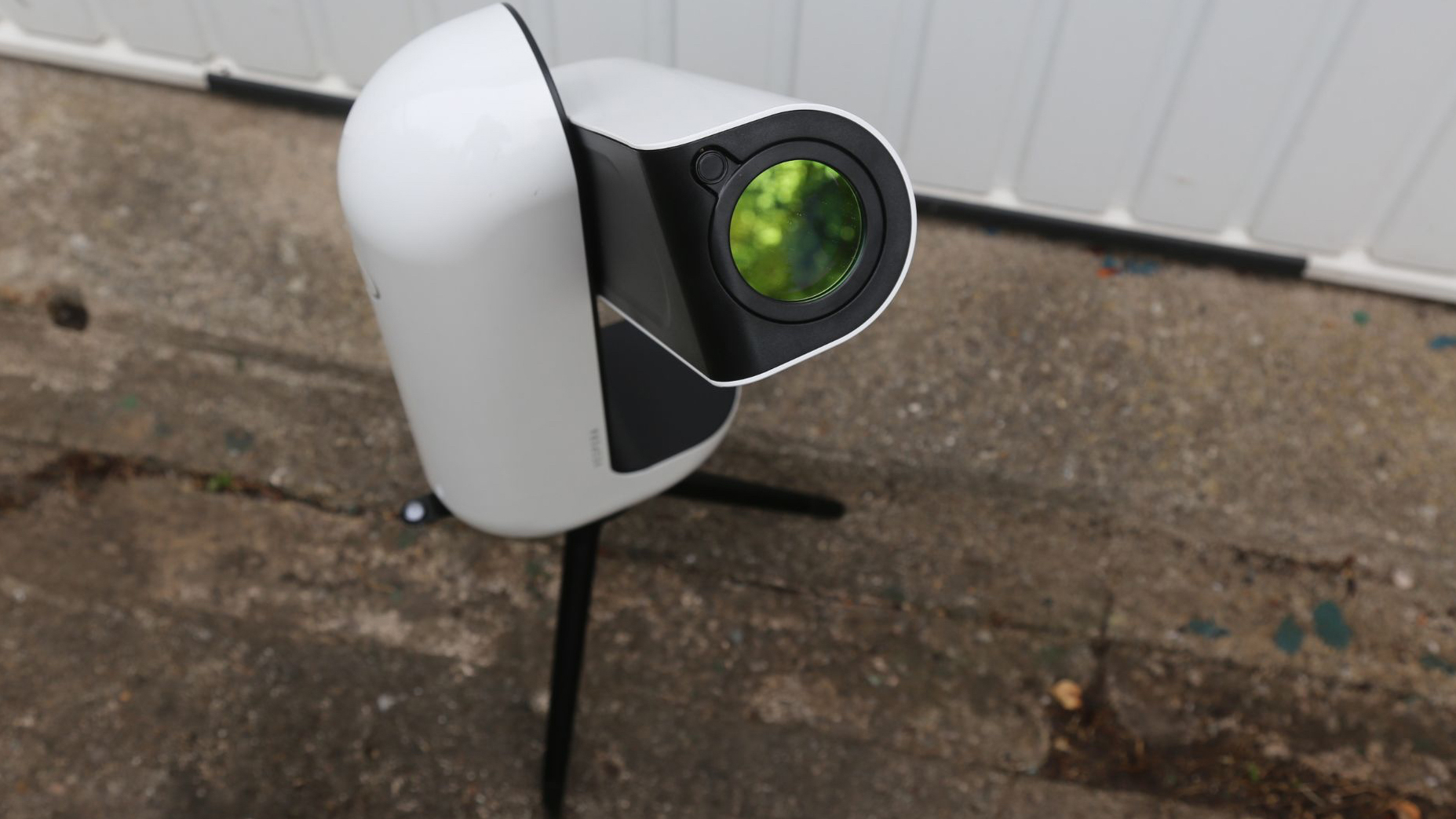
Vaonis Vespera smart telescope review: set-up and use
The Vespera is incredibly easy to set-up thanks to its star pattern recognition software. A godsend for anyone who doesn't know their way around the night sky is brightest stars, the Vespera uses plate-solving to match what it can see to a planetarium database (it also uses the GPS chip in your smartphone to determine the exact coordinates of your observing location). Once it's aligned, a process that takes just a few minutes, it can then slew to any object in the Singularity app’s database.
The app is really easy to use, working super fast and proving entirely reliable during our month long test. The list of tonight's best objects is very useful and each object comes with at least some kind of explanation about what they are.
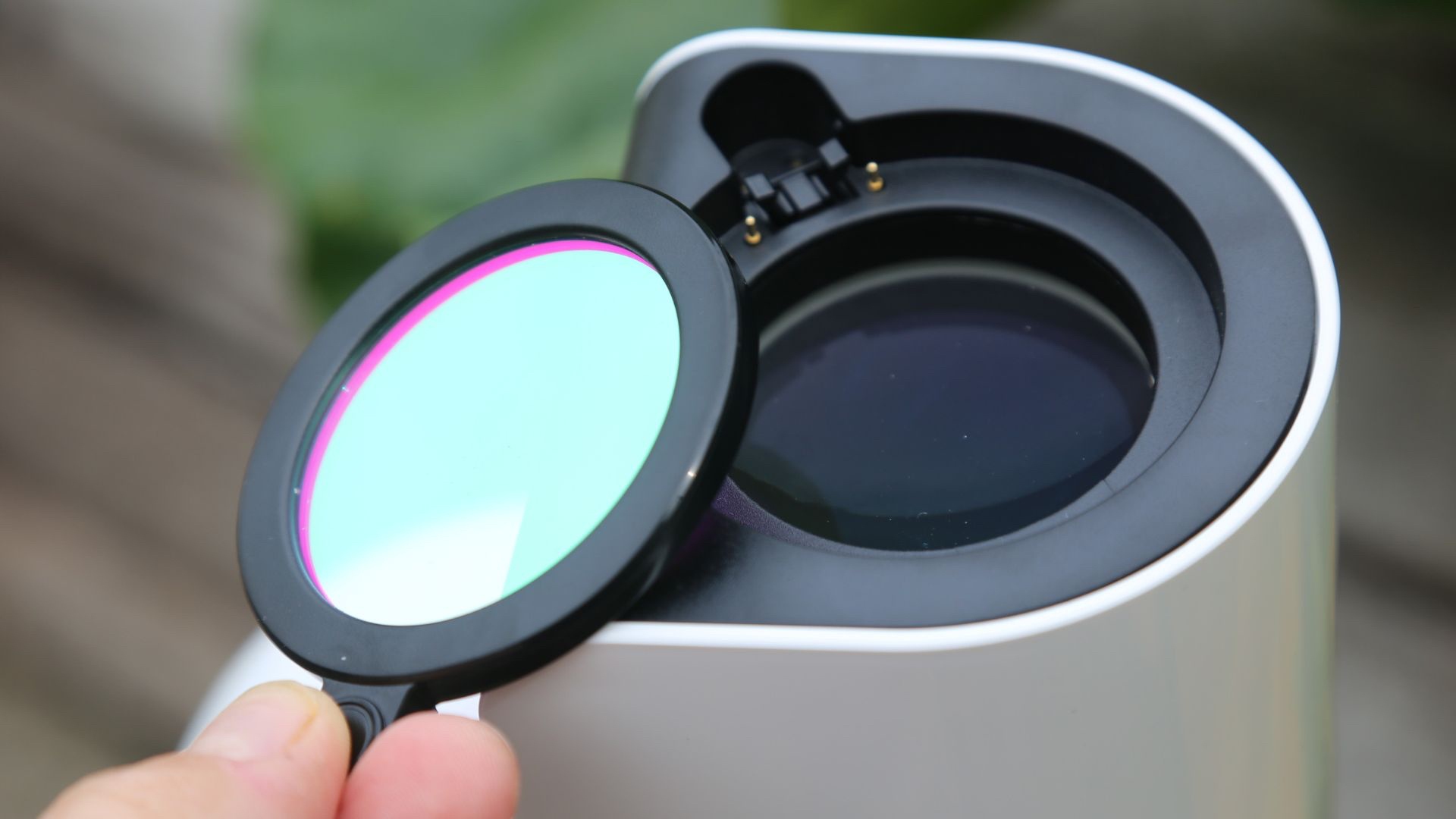
There are a number of accessories available for the Vespera. Although the Vespera comes with a small tabletop tripod, it’s possible to upgrade to a full-size extendable tripod ($149/£118), though any photographic tripod you have lying around or do you just as good a job. In fact, I would advise you to find a much taller, third-party photographic tripod, which will lift the Vespera up and away from any obstructions, enabling it to target objects closer to the horizon than is otherwise possible.
Get all the latest news, reviews, deals and buying guides on gorgeous tech, home and active products from the T3 experts
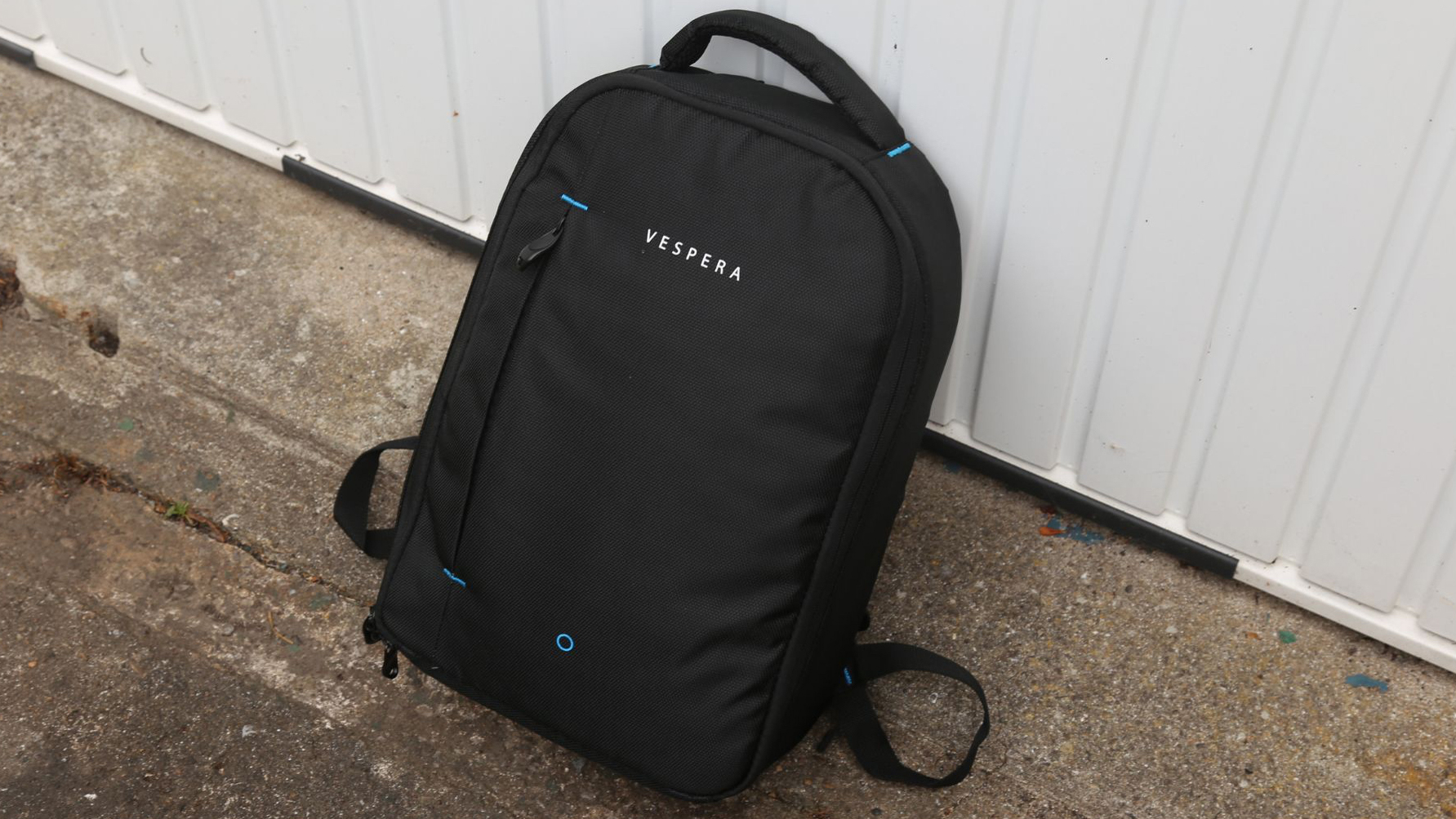
Also available are a light pollution filter ($199/£158), a dual-band filter for even better nebulae ($399/£316) and a solar filter ($99/£79). However, the most important accessory is a backpack ($149/£118), which proves excellent value. Using ballistic nylon and boasting plenty of pockets and padding, there's a dedicated section to store the collapsed tripod legs and various accessories that come with it. The only thing it really lacks are straps on the side to fasten a full-size photographic tripod. It's also possible to slip a 15” laptop into the front.
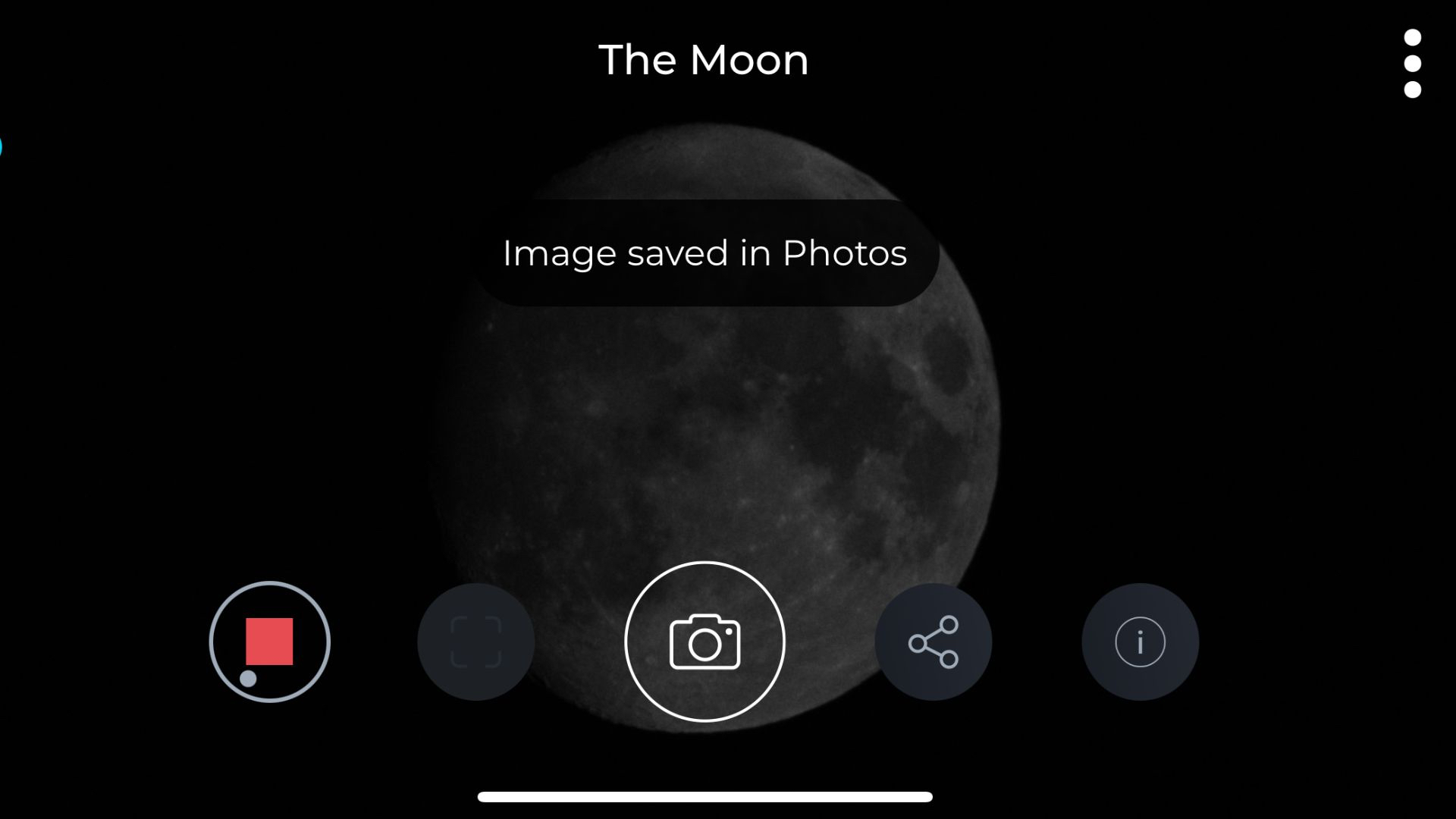
Vaonis Vespera smart telescope review: performance
The Vespera produces impressive images of deep sky objects that are otherwise impossible to see even when using the best telescopes for beginners. I used it from a light polluted backyard in a big city and I got clear, contrasty and colourful views of some really difficult objects to see in an optical telescope. For example, I trained the Vespera on the Veil Nebula in the constellation of Cygnus, which is virtually impossible to see. After about five minutes of image stacking it was possible to see some detail in this supernova remnant. After an hour there was brightness and colour. It’s really easy to share the images online (albeit without any supporting information about the target, which you get on Vaonis’ rival ‘smart telescope’ brand, Unistellar) and to saved you a smart phones camera roll, then extracting the colossus raw files does mean connecting a laptop or PC/Mac directly to the Vespera. However, while images are perfectly big enough for sharing online, at 1920x1080 pixels and two megapixels they’re a little smaller and softer than more expensive smart telescopes, such as the Vaonis Stellina and Unistellar eVscope 2. There’s another lowlight; as well as being unable to image planets, its attempts with the bright Moon are lacklustre.
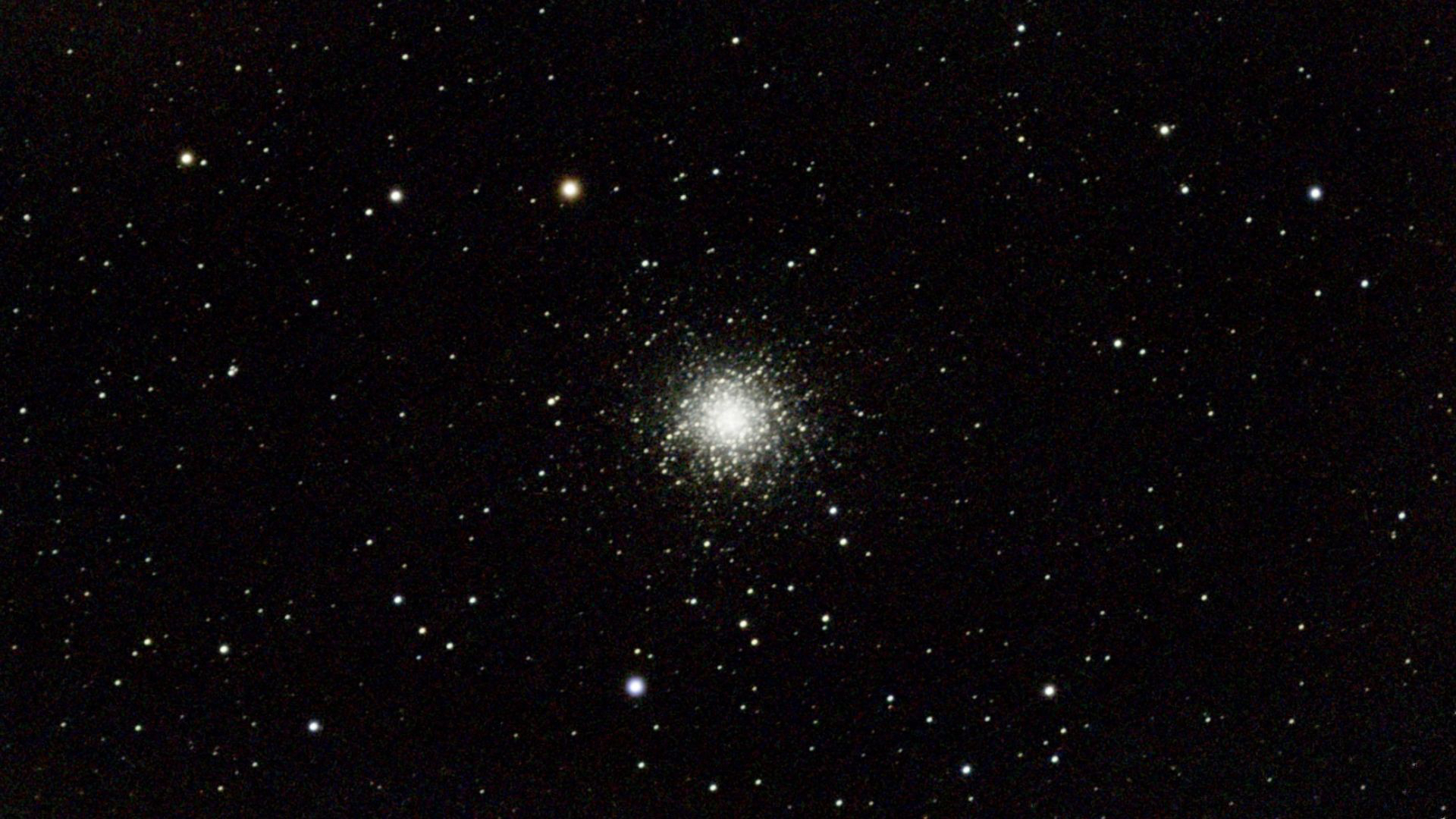
Long sessions are likely with the Vespera purely because some of the recommended observation times are between 30 minutes and 60 minutes, so the four-hour (7,00 mAh) battery can be troublesome. My advice is to use a smartphone battery with the Vespera. About 10,000 mAh will suffice, though a 20,000 mAh will also be able to recharge your smartphone/tablet, which also has to work hard during observations. Just don't forget to bring along the charging cable, which is USB-C at one end but, sadly, uses a proprietary connector at the other.
Vaonis Vespera smart telescope review: alternatives to consider
The Vanois Vespera is a pared-down version of the original Vaonis Stellina which is much larger and produces 6.4 megapixel images. Other choices in the smart telescope market include the Unistellar eVscope eQuinox, which produces slightly higher resolution images at 7.7 megapixels. Another version, the Unistellar eVscope 2, adds an electronic eyepiece for visual astronomy.
Vaonis Vespera smart telescope review: verdict
If you have had your eye on a smart telescope for some time but have worried about their portability, the van while Vesper is for you. Able to capture faint deep sky objects such as galaxies, nebulae and globular clusters – though not planets or the moon – the Vespera produces HD-quality images for sharing online, they also makes it possible to export raw image files. However, despite its four hour battery life the key accessory available for the Vespera is its excellent backpack, which makes it easily portable so that you can take it to dark sky destinations. An excellent, if expensive attempt at a portable as well as a smart telescope, the Vaonis Vespera also becomes the ultimate accessory for camping trips. Just don’t forget to take along a large portable battery.
Jamie is a freelance journalist, copywriter and author with 20 years' experience. He's written journalism for over 50 publications and websites and, when he's not writing, spending most of his time travelling – putting the latest travel tech through its paces.
